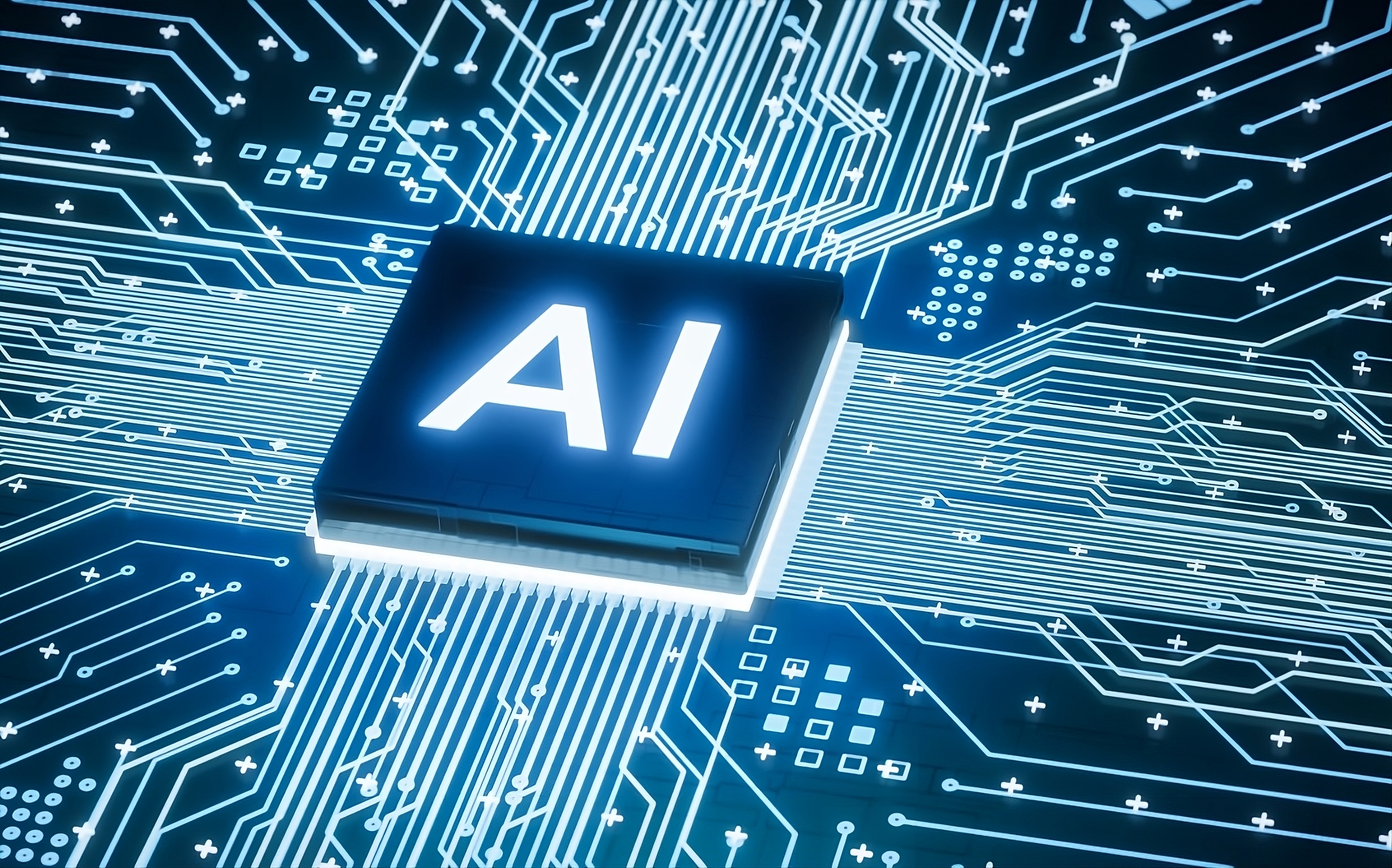
Introduction:
At the heart of the chip and semiconductor revolution is artificial intelligence (AI), which is becoming chip engineers' most valuable ally in the complex task of designing semiconductors. Imagine a world where chips are faster, cheaper, and more efficient, enabling unprecedented technological advances in applications like smartphones, computers, electric vehicles, solar panels, and more. This future is not a mere fantasy, but a reality that is being forged thanks to the power of artificial intelligence in chip design. These advanced AI tools are enabling chipmakers to push the limits of Moore's Law, saving time and money, and bringing legacy chip designs into a new era of efficiency and performance.
Semiconductor Development Trends in 2023
How do you implement these trends?
To stay ahead in the semiconductor industry, investing in advanced AI tools for chip design is essential. Companies devote significant resources to developing AI capabilities internally or through collaborations with third parties. This allows chipmakers to speed up design, reduce costs, and improve efficiency in chip production.
The role of artificial intelligence in chip design
How do you take advantage of artificial intelligence in chip design?
Chip engineers use AI design tools in their workflow to tackle the growing complexity of semiconductor design. Artificial intelligence is quickly becoming a valuable ally in accelerating the design process, improving efficiency, and achieving previously unimaginable levels of performance. Incorporating these advanced tools will allow engineers to overcome challenges and achieve more innovative chips.
The rise of chips made from high-power materials
How to boost the use of high-power chips? Chipmakers focus on research and development of chips made from high-power materials such as gallium nitride (GaN) and silicon carbide (SiC). These materials are essential for the development of sustainable technologies, such as electric vehicles and advanced military applications. By investing in the production of these chips, companies will be able to capture a significant share of the rapidly growing market and secure their role in technological evolution.

The efficiency of artificial intelligence in chip design
How do you improve chip design efficiency with AI?
To achieve maximum efficiency in chip design, engineers use advanced AI tools that incorporate technologies such as Graph Neural Networks (GNN) and Reinforcement learning (RL). These techniques enable faster and more autonomous optimization of performance, power consumption, and chip area. With AI, it is possible to produce smaller, faster and more energy efficient chips, thus improving the design process and increasing competitiveness in the market.
Conclusion:
Artificial intelligence is leading a revolution in chip design in 2023. By leveraging AI tools, companies can drive innovation, reduce costs, and improve efficiency in semiconductor production. Furthermore, the use of high-powered materials opens up new opportunities in key applications such as electric vehicles and military applications. Technological evolution is inevitable, and those who embrace these trends will be best positioned for success in the semiconductor industry. Join the AI revolution and take chip design to the next level!